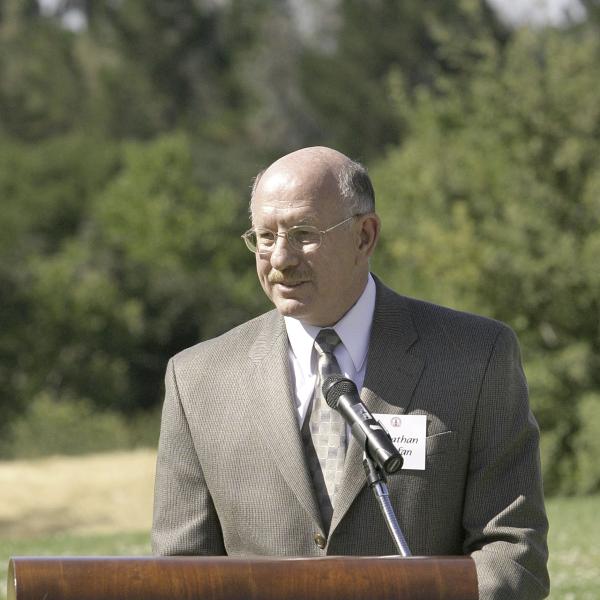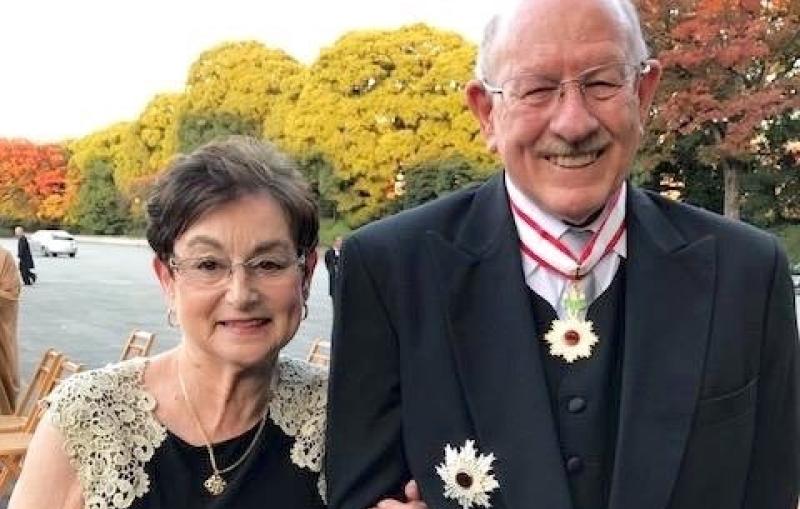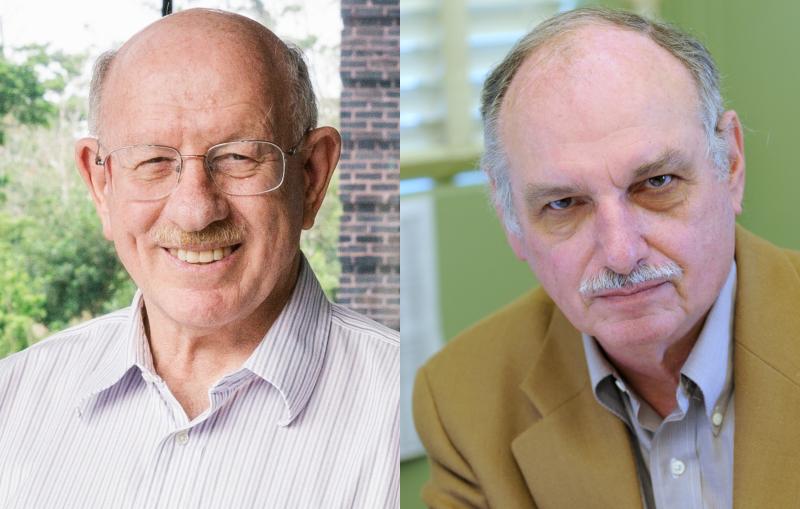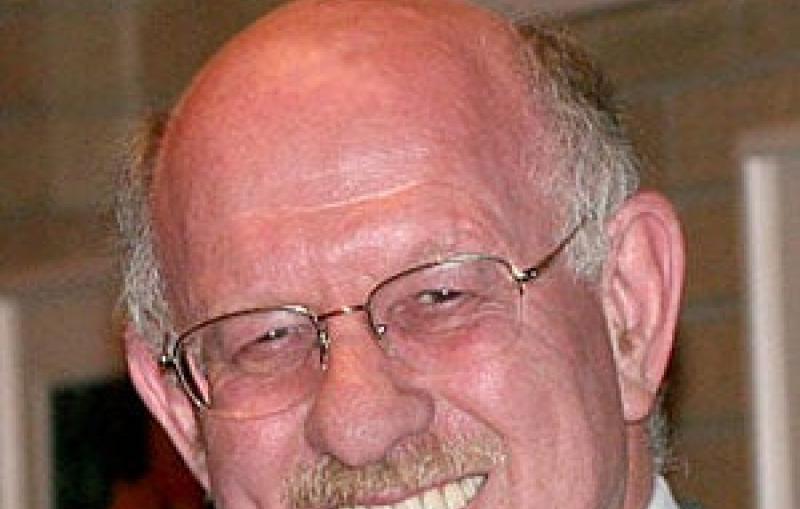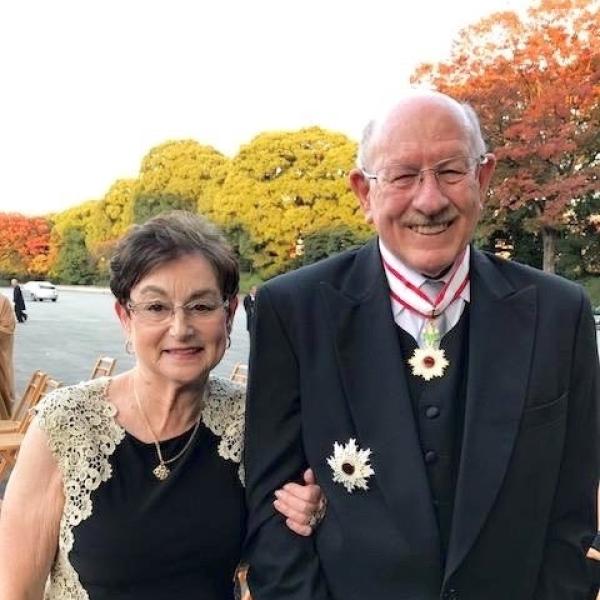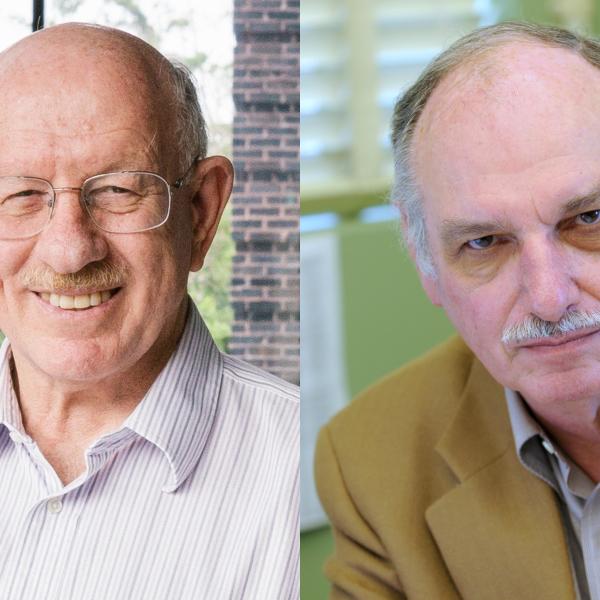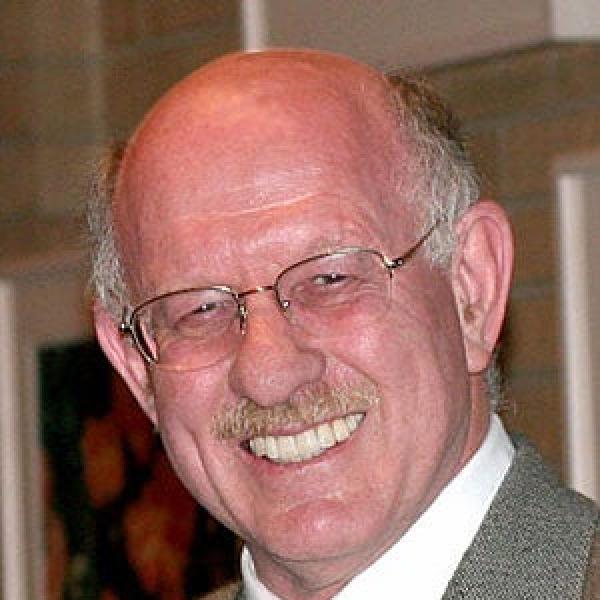Jonathan Dorfan was SLAC’s director from 1999 through 2007 and led its transition from a single-purpose particle physics research center to a multi-program laboratory.
An internationally recognized physicist, he spent the first three decades of his career at the lab, where he led the design of the B-factory and helped bring together the 10-nation BaBar collaboration, among other accomplishments. Dorfan earned his bachelor’s degree in physics and applied mathematics at the University of Cape Town and his PhD in experimental...
Jonathan Dorfan was SLAC’s director from 1999 through 2007 and led its transition from a single-purpose particle physics research center to a multi-program laboratory.
An internationally recognized physicist, he spent the first three decades of his career at the lab, where he led the design of the B-factory and helped bring together the 10-nation BaBar collaboration, among other accomplishments. Dorfan earned his bachelor’s degree in physics and applied mathematics at the University of Cape Town and his PhD in experimental particle physics from the University of California, Irvine. He joined SLAC in 1976 as a postdoctoral researcher and became a full professor in 1989.
Dorfan is credited with anticipating the growing importance of astrophysics by creating KIPAC, the Kavli Institute for Particle Astrophysics and Cosmology. He also developed the Photon Ultrafast Laser Science and Engineering Institute and the X-ray Laboratory for Advanced Materials, which later became the Stanford Institute for Materials and Energy Sciences. During his tenure, SLAC led the development of the main instrument for NASA’s Fermi Gamma-ray Space Telescope and secured the world’s first X-ray free-electron laser, the Linac Coherent Light Source.
Dorfan stepped down from the directorship in 2007 to assist Stanford President John Hennessy, with a focus on the relationship between SLAC and Stanford. In 2010 he was named president of Okinawa Institute of Science and Technology Graduate University, where he became president emeritus upon his retirement in 2016.
Dorfan is a fellow of the American Association of Arts and Sciences and the American Physical Society (APS). He has chaired the International Committee on Future Accelerators and served on the APS Division of Particles and Fields Executive Board, the High Energy Physics Advisory Panel and the Particle Data Group Advisory Board, among others, and as an editor for Cambridge Press. Dorfan is a life member of the Weizmann Institute of Science’s International Board of Governors and chaired its Scientific Academic Advisory Committee. He was the recipient of Japan’s Order of the Rising Sun, Gold and Silver Star in 2017 and shared the American Physical Society’s W.K.H. Panofsky Prize in Experimental Physics in 2016.
